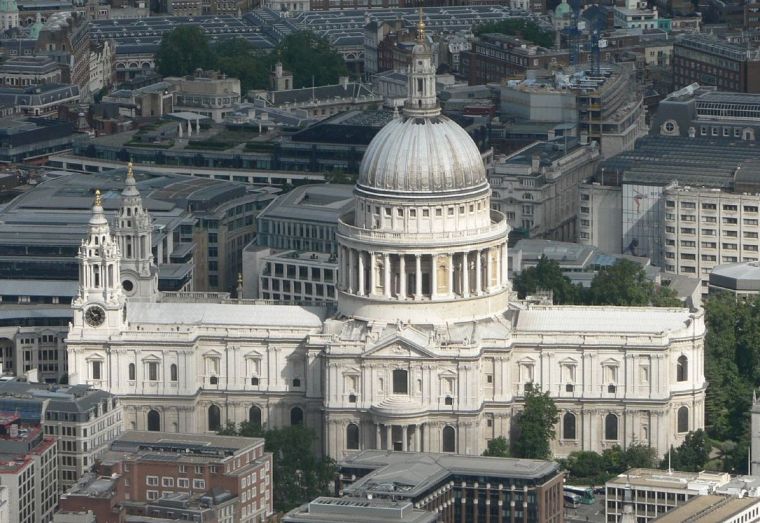St Paul's Cathedral: 9 fascinating facts
One of the greatest buildings in Britain – if not in the world – is St Paul's Cathedral in London. It's almost certainly the greatest ever created by a single individual, whose vision and passion overcame every kind of obstacle to its completion.
On this day in 1675, the first stone of Sir Christopher Wren's masterpiece was laid by master mason Thomas Strong. There was no great fanfare, but it marked the beginning of a labour of many years – it wasn't finished unti 1710.

Here are nine fascinating facts about St Paul's Cathedral.
1. The first cathedral on the site dates back to AD 604, possibly replaced a temple to the Roman goddess Diana. That building, and two successive ones, burned to the ground.
2. The fourth building was put up in the 11th century but fell into disrepair. During the English Civil Wars the building was damaged by Parliamentary troops who used it to stable their horses. It was almost completely destroyed the Great Fire of London in 1666. The diarist John Evelyn writes of its stones exploding like grenades because of the heat, and lead from its roof 'melting down the streets in a stream, and the very pavements glowing with fiery redness, so as neither horse nor man was able to tread on them'
3. Wren's designed for a new cathedral was fiercely resisted by many clergymen because they thought it looked too Roman Catholic. He was influenced by Italian architecture and anti-Catholic feeling ran high.
4. A 20-foot model of his design was created and can still be seen at the Cathedral. While this design was not accepted, Wren rebelled against the design changes inflicted on him and incorporated many features in the final work. However, he remained disappointed and embittered by the changes he had had to make.
5. While the work was continuing to demolish the old cathedral and clear the site, a labourer brought Wren a stone with the word 'Resurgam' chiselled on it. It means 'I will arise', and Wren took it as a prophecy of encouragement.
6. As the labourers dug deeper to find firm foundations they uncovered London's history – Saxon jewellery, a Roman mortuary and fragments of pottery – an example of 'rescue archaeology'.
7. St Paul's Cathedral survived the Second World War, but just barely. A bomb hit it in 1940 and was successfully defused and removed; it left a 100-foot crater when it was exploded later and would have totally destroyed the building. A picture of St Paul's wreathed in fire and smoke is an iconic image of the Blitz.
8. Its 'Whispering Gallery' is in the great Dome, and allows a whisper on one side to be heard on the other.
9. St Paul's is a working church, with daily and hourly services and a wide public ministry.











